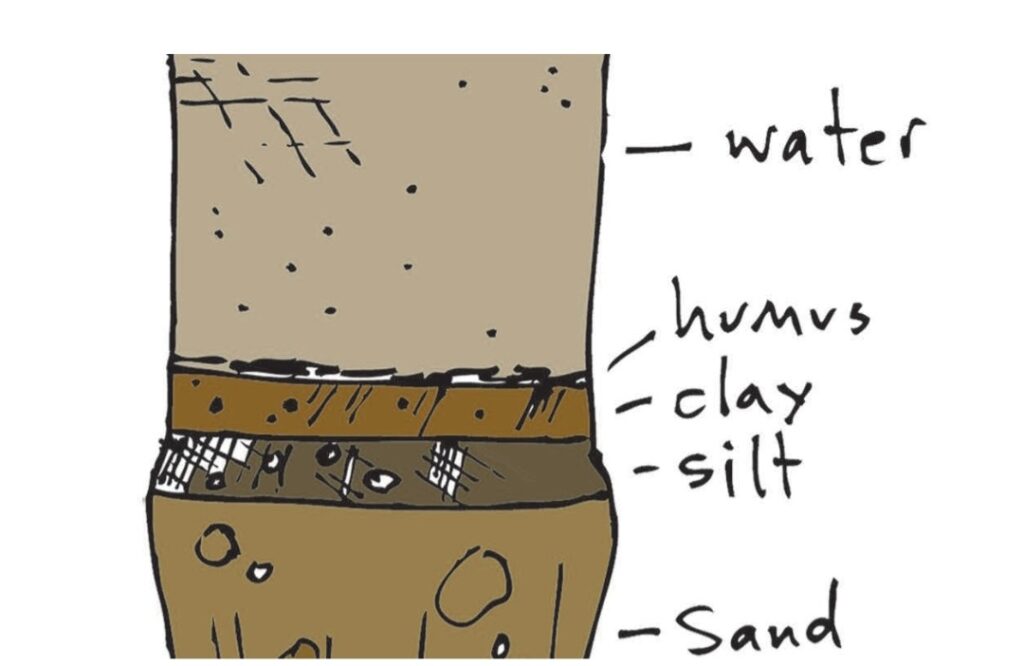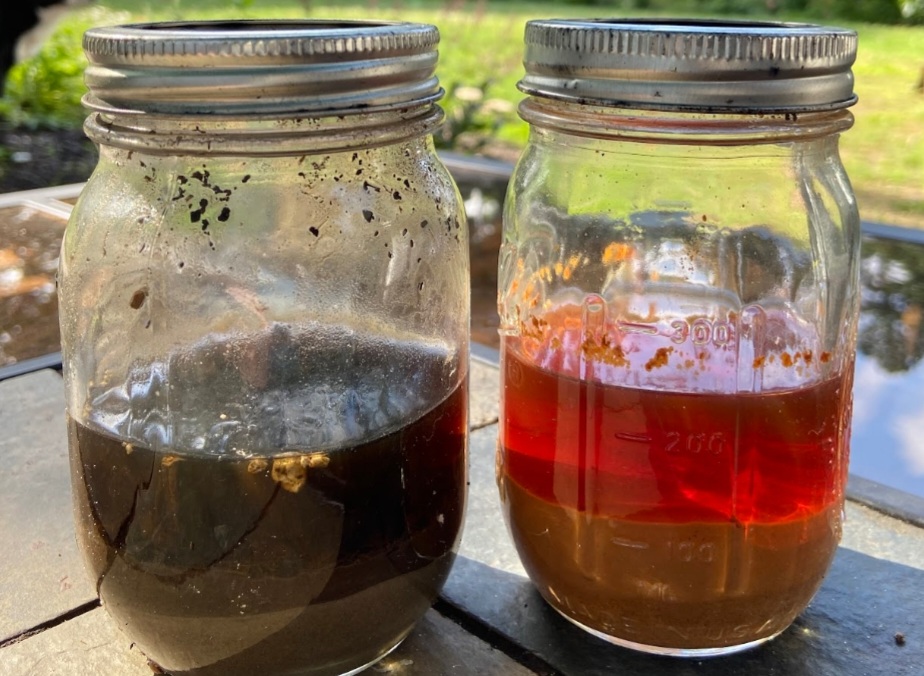Soil Shimmy
go.ncsu.edu/readext?855232
en Español / em Português
El inglés es el idioma de control de esta página. En la medida en que haya algún conflicto entre la traducción al inglés y la traducción, el inglés prevalece.
Al hacer clic en el enlace de traducción se activa un servicio de traducción gratuito para convertir la página al español. Al igual que con cualquier traducción por Internet, la conversión no es sensible al contexto y puede que no traduzca el texto en su significado original. NC State Extension no garantiza la exactitud del texto traducido. Por favor, tenga en cuenta que algunas aplicaciones y/o servicios pueden no funcionar como se espera cuando se traducen.
Português
Inglês é o idioma de controle desta página. Na medida que haja algum conflito entre o texto original em Inglês e a tradução, o Inglês prevalece.
Ao clicar no link de tradução, um serviço gratuito de tradução será ativado para converter a página para o Português. Como em qualquer tradução pela internet, a conversão não é sensivel ao contexto e pode não ocorrer a tradução para o significado orginal. O serviço de Extensão da Carolina do Norte (NC State Extension) não garante a exatidão do texto traduzido. Por favor, observe que algumas funções ou serviços podem não funcionar como esperado após a tradução.
English
English is the controlling language of this page. To the extent there is any conflict between the English text and the translation, English controls.
Clicking on the translation link activates a free translation service to convert the page to Spanish. As with any Internet translation, the conversion is not context-sensitive and may not translate the text to its original meaning. NC State Extension does not guarantee the accuracy of the translated text. Please note that some applications and/or services may not function as expected when translated.
Collapse ▲A soil shimmy is another way to determine what kind of soil you have. Get your dance shoes on and get shaking (with your soil!)
Supplies:
- Clear, plastic bottle or jar, or glass jar (just be careful!),
- Water
- Powdered dish (optional)
- Dancing shoes (optional)
Let’s Do It!
Another way to determine what soil particles make up your collected samples is to do a little dancing!
-
Use a funnel or folded piece of paper to put at least a half cup of soil into your clear jar.
- If you have it: Add a tablespoon of powdered dish detergent in with the soil. (Dish detergent clings to the soil particles, helping to separate them.)
- Fill the bottle with water.
- Secure the lid and dance around and shake the bottle for at least two minutes.
-
Place your bottle in a spot where it can sit undisturbed for 24 hours. The soil should settle out from bottom to top in layers of sand, silt, clay, and organic matter.
- Do this again in other bottles with your other soil samples.


Soil shimmy jars that have settled over two weeks
Talk it Over!
- What happened to the soil in the jars?
- What type of soil settled out first? Why do you think so?
- What other things do you notice about your jar?
- What kind of soil do you think you have?
- What other ways can you figure out what soil you have?


